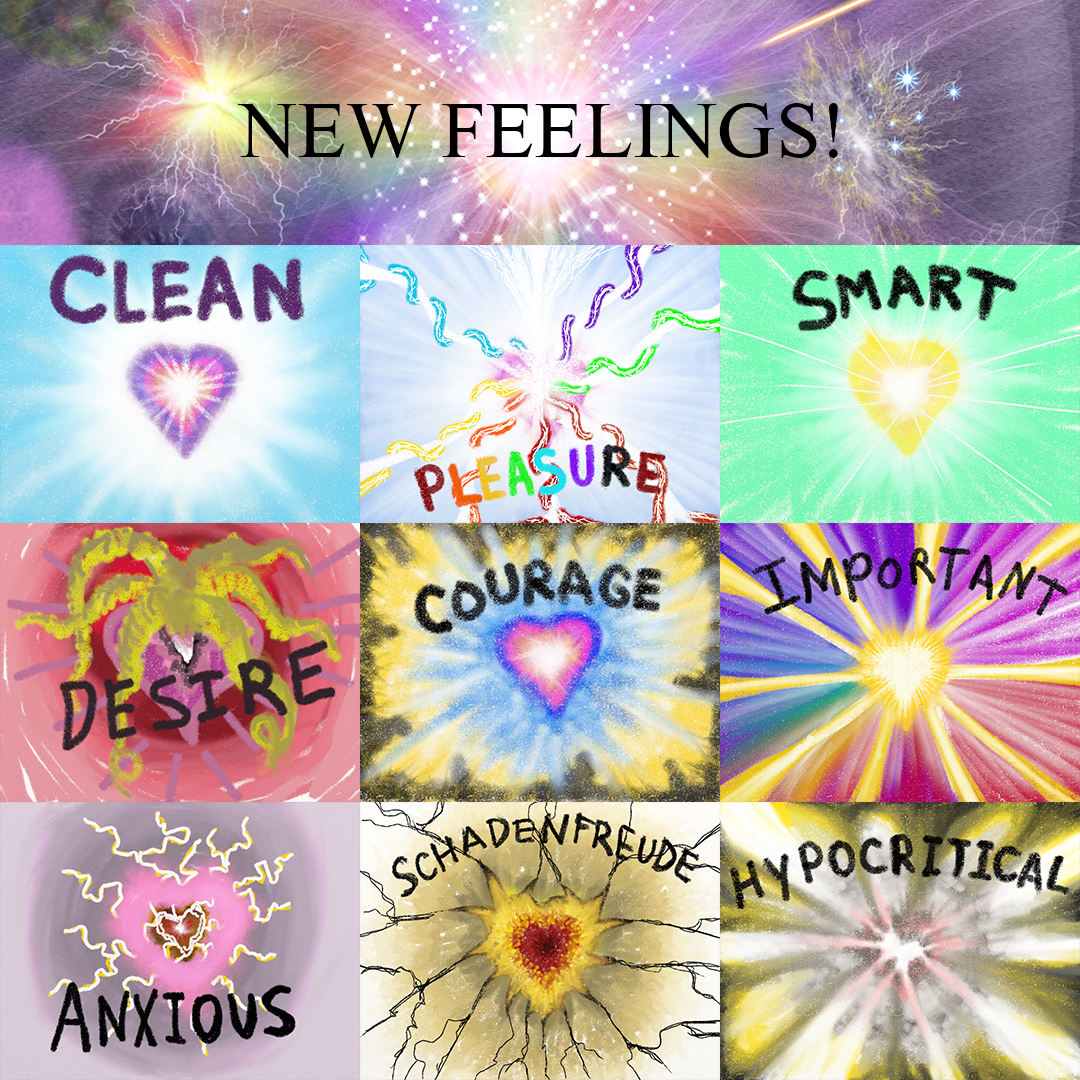
We have received a lot of positive feedback from our readers and other therapists about the usefulness of the Interactive Empathy Knows Glossary (iEKG). We plan to continue to develop this tool as a freely accessible resource for all and would love your help too. If there is a feeling that is not listed in the iEKG that you would like to see there, please let us know so we can add it to the list for the next batch. The iEKG now contains 90 feeling tiles with links to their enlarged images and experiential descriptions. Visit the iEKG or continue reading to learn more about the newly-added feelings…
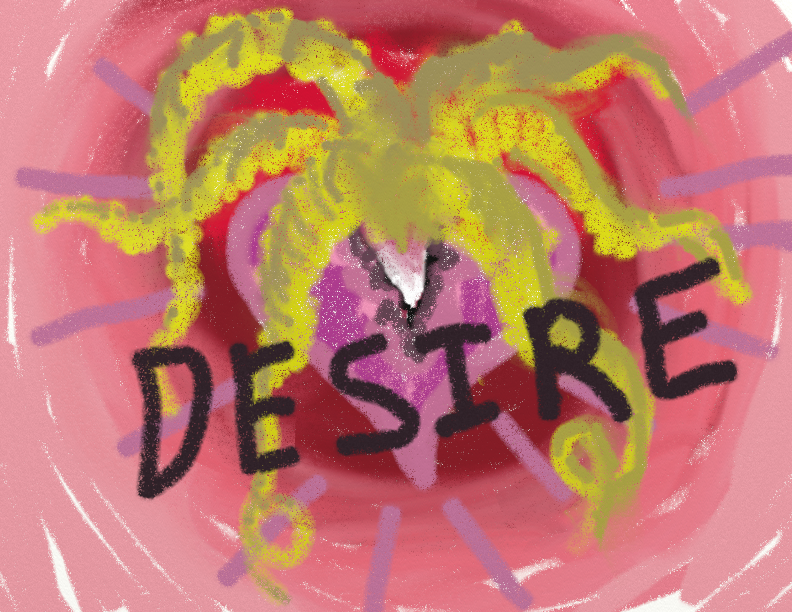
Desire
The experience of energy rising and opening up space in one’s awareness as a result of focusing on the potential for attaining what is sought. There are many forms of desire which generate feelings in different parts of the body. Desire ultimately arises out of an awareness of lack or loss somewhere in the body. And ultimately, desire is always for another feeling. Whatever worldly experience we think we seek, we are always projecting the want for a better feeling—security, support, passion, pleasure, power, worth, love, freedom, confidence, clarity, trust, connection, purpose, etc.
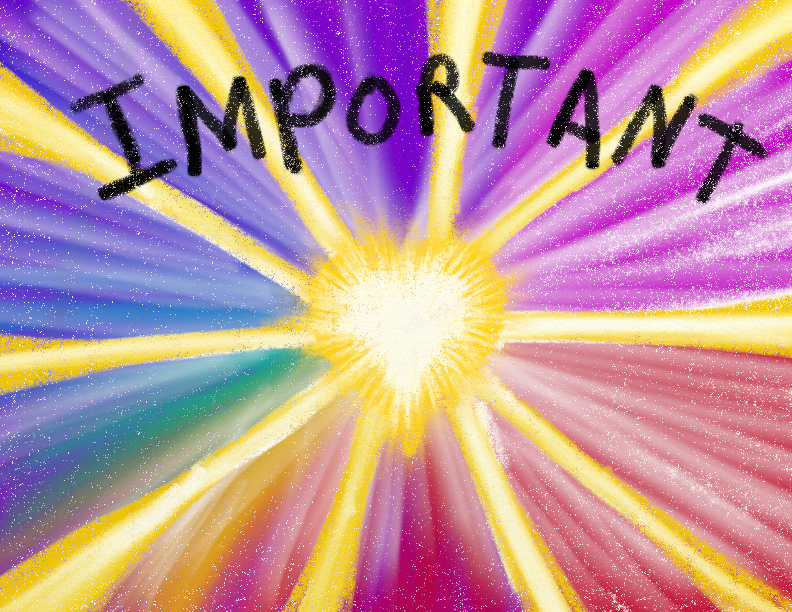
Important
The experience of affirmation of one’s worth or integral value, oftentimes resulting from experiences of praise or external validation. But even in the absence of external validation a feeling of real importance can eventually be sustained when one cultivates self-awareness and realizes the import of all others and the self.
This kind of self-awareness can only be attained through the practice of personal empathy and a conscious effort to allow and observe one’s natural cycle of emotion. When we feel our feelings, heed their messages, and distill their wisdom, we become something truly important to the self and for the greater good of the whole.
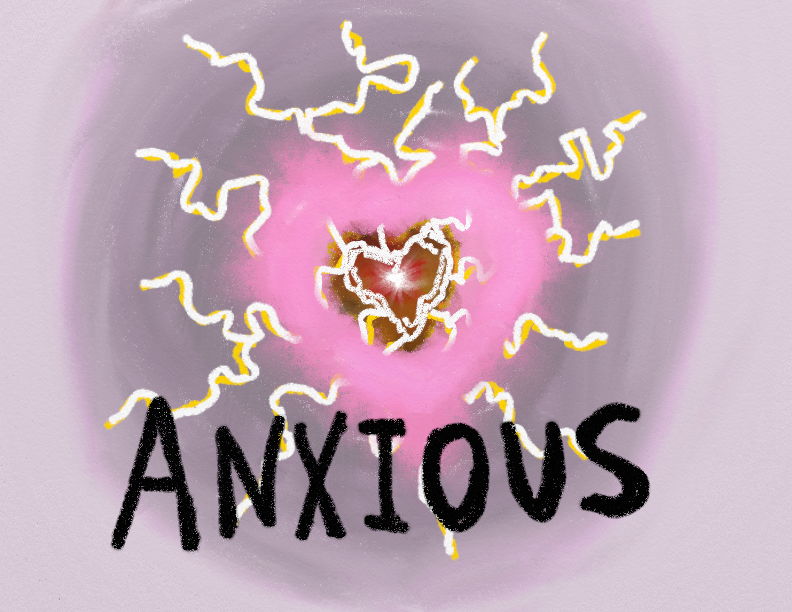
Anxious
The experience of conscious or unconscious fear of another feeling. Usually the feeling we are avoiding is sadness or grief of some kind. We refuse to accept the possibility of loss and we stay stuck in fear. Sometimes we do not know why we are feeling anxious. This is because the real issue has been pushed out of awareness in the same effort to avoid feeling. Most of the time the experience we are avoiding is connected to feelings of shame. The irony is the only way we can release the shame is to allow ourselves to look right at it, feel it, grieve it, and decide how we will be different going forward. The only way out (of conscious or unconscious fear) is through.
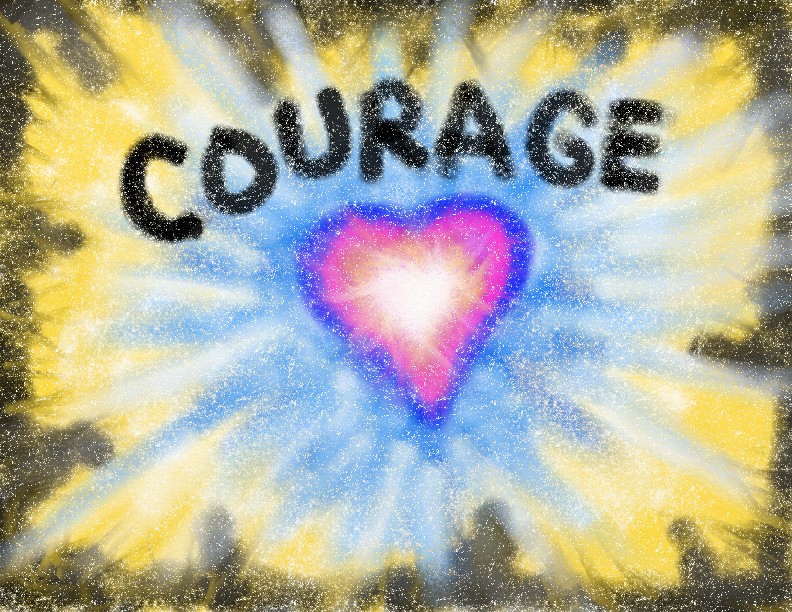
Courageous
The experience of maintaining an open heart while allowing one’s Fear to rise. There is a fusion which generates a lot of life-force energy. The heart beats strong. We are living! In order to truly live we must face our fear in a healthy way. The only way out is through. Courage is the way.
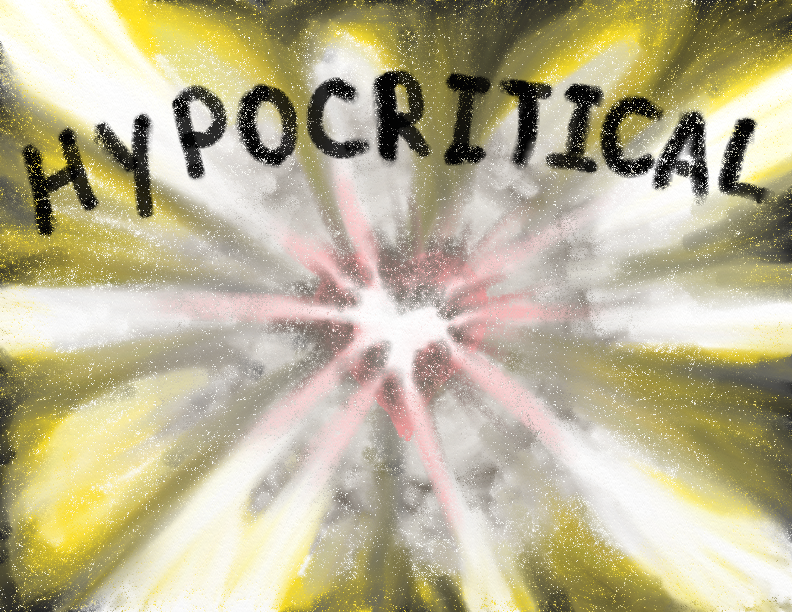
Hypocritical
The experience of Guilt and Shame resulting from actions that are not congruent with the true self. Projecting the call of the higher self onto the behavior of others rather than concentrating on the thoughts, words, and actions of the self. There is a need to identify the Fears which drive these behaviors, then one can use Courage and Creativity to face the fears.
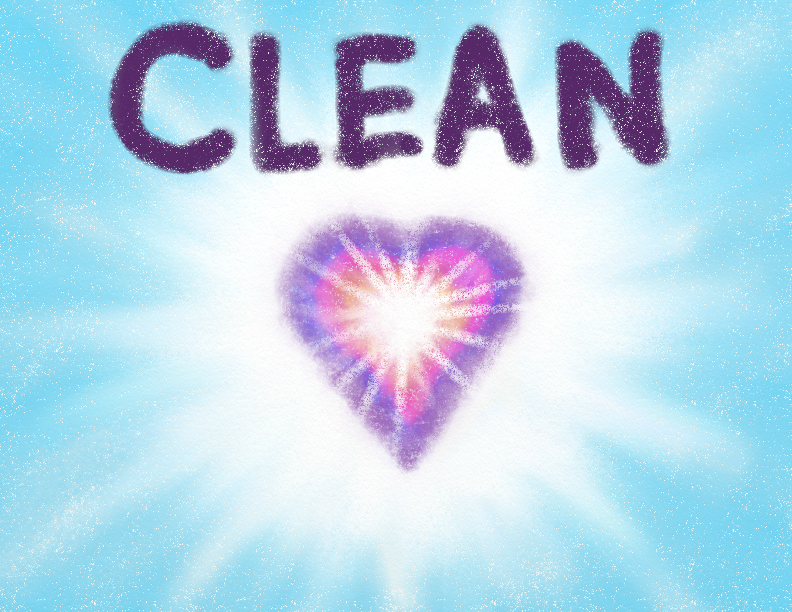
Clean
The experience of the self, Shame free and living in integrity.
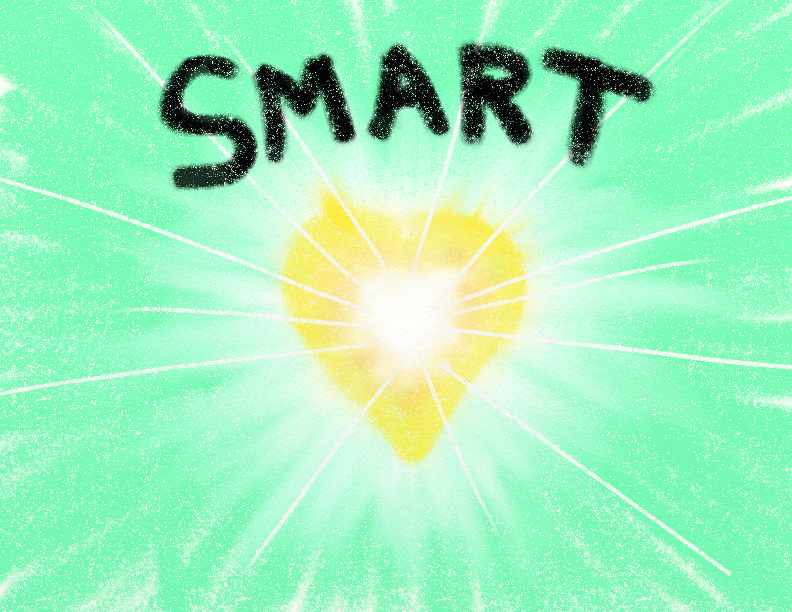
Smart
The experience of energy gathering up in the body that results from identifying connections between different ideas.
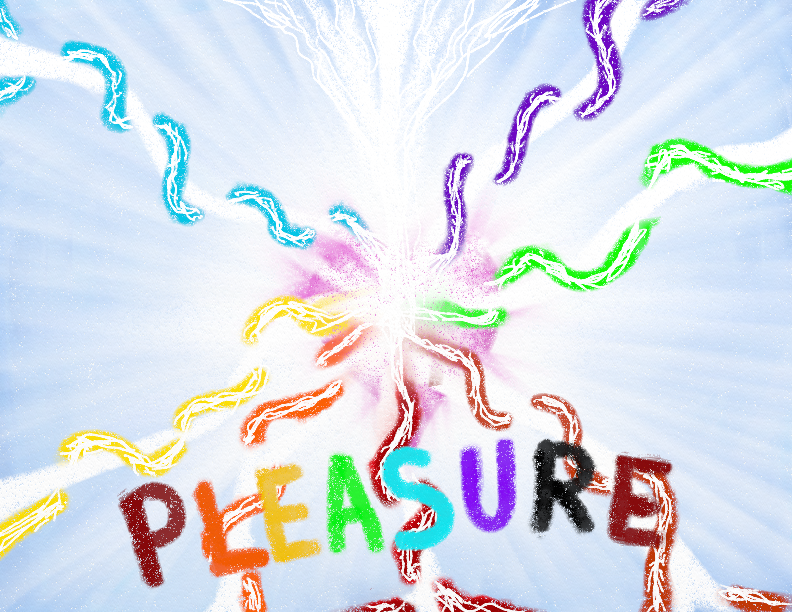
Pleasure
The experience of energy generated that results from new connections being made. New connections: with the self, with another, with ideas, with food, with music, with anything in whatever form and intensity—the synergized energy of connection.
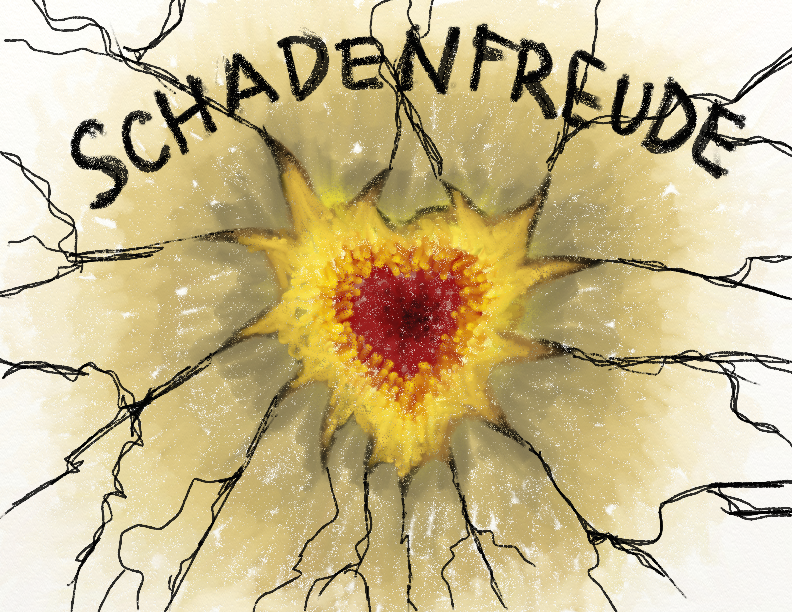
Schadenfreude
The experience of taking pleasure in the awareness or possibility of another’s suffering. There has become so much unrecognized pain suppressed within the self that we experience relief when we become aware of pain happening outside the self. Since the focus of intensity is outside of the self we are able to project and deny the already repressed feelings of pain and suffering we ourselves are walking with. We connect more with defended ego part of the self that says we are superior to whatever is before us, or the angry shame-ridden side of our personality takes validation from what we are seeing, “See? It’s not just me. You’re broken too.”
Schadenfreude is the opposite of empathy. We aren’t really aware of what the sufferer is experiencing. If we were, we’d want it to stop. Schadenfreude is the accumulated result of consistently using anger to suppress our real vulnerability. We look out away from the self, projecting to avoid the self. What once afforded relief has become, over time, a defense mechanism that builds an actual brain pathway that triggers the release of dopamine in the brain when we become aware of another’s pain, shame, or struggle. But all the while, deep inside, we grow ever-more self-loathing.
Life is full of suffering, but when we deny our suffering and turn to avoidance we begin to lose our empathy. We step out on a path away from the self and risk eventually becoming something that hurts all the selves in the world.
What is the iEKG?
The Interactive Empathy Knows Glossary is a useful tool for helping people of all ages learn the language of feelings, begin understanding the different messages feelings bring, deepen self-awareness, and strengthen the capacity for empathy.
The glossary may be viewed in Alphabetical or Ideasthesial layouts. In the Ideasthesial layout, feelings have been organized as a network of associations. Inspired feelings are up high. Powerless feelings are down low. Before we can begin our assent to say, Joy, Love, or Freedom, we have to find our power. This discovery occurs as some form of extreme emotional intensity usually recognized as Anger, meaning Anger and some of the other emotions we often treat as negative are actually extremely purposeful and deserve healthy expression. This is just one of the many lessons listening to and interpreting the messages of our feelings has to offer.
Here are some suggested ways to use the iEKG that we first introduced back in January in “The Power of Mages” article:
- Challenges: Think of the major challenge you are facing in your life at this time, then look at the grid and see if you can find a word/image that symbolizes how you are feeling. There will likely be more than one. Click on the tiles for insight!
- Aspirations: Visualize any experience you are seeking to have in your life at this time, then look at the grid and again see if you can find the feeling word/images that symbolizes your experience. Click for insight!
- Dreams: Sometimes we awaken from a dream that leaves a strong impression on us. Look at the grid and see if you can find the feelings that correspond with what you experienced in the dream. Consider when you are experiencing those feelings in your life or inside yourself in your own subjective thoughts and feelings. Click for insight.
- Empathy: Imaging someone you know and care for or someone you are in conflict with. Take a moment to consider what it is you imagine they are feeling. Then find the tile that best represents what you are imaging and click for insight!
There are as many ways to use this resource as there are people who engage with it. My hope is that this page will continue to develop and become a resource for therapists, parents, young adults, and all other human beings in relationship with one another. It’s even available offline since you can easily create printouts!
How the Glossary Was Created
The Empathy Knows Glossary is a collage of feeling images we attribute to Iphelia, who creates them during the course of her story. I drew each image based on my own subjective experience of synesthesia—the experience of senses crossing over, allowing us to perceive the color of a smell or perhaps the shape of a sound. The images were then mapped using my experience of Ideasthesia—the perception of ideas having qualities that are universal to human experience as evidenced by universal archetypes, metaphor, art, and so on. The images give color, shape, texture, and motion to feeling-experiences. Sharing them is an invitation for everyone to acknowledge and join in a conversation about the feeling dimension of our existence.
Want to learn more about the concepts of Synesthesia and Ideasthesia? Check out this brilliantly animated Ted-Ed video!
This article refers to Iphelia: Awakening The Gift of Feeling, a graphic novel for the inner children of grown men and women. It is the story of a girl born with a special gift of sensitivity, told through 90 pages of visually stunning images that animate the feeling-level of experience through color, texture, shape and motion, making it perfect for young children, too. Iphelia is on the web at www.iphelia.com and www.ifeelya.com, or visit her on Facebook and Instagram @iphelia_awakening.

